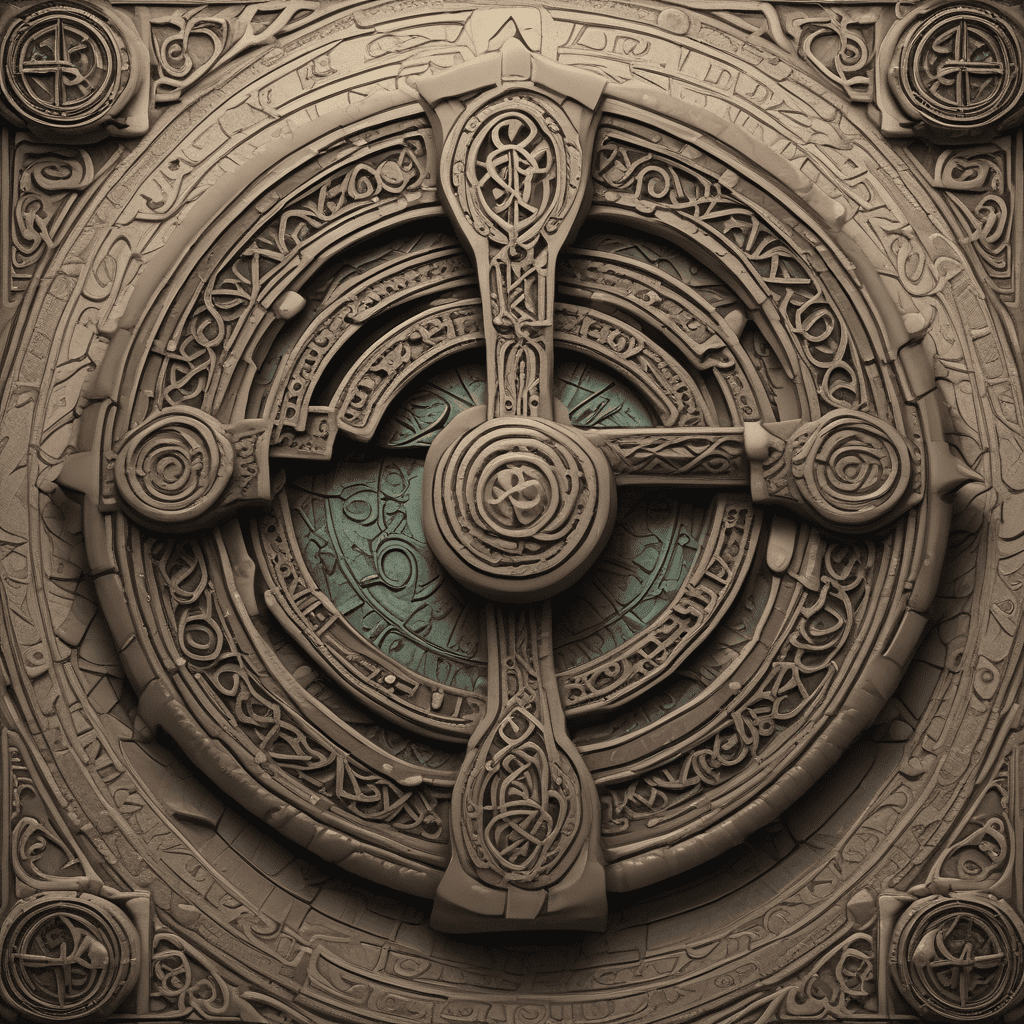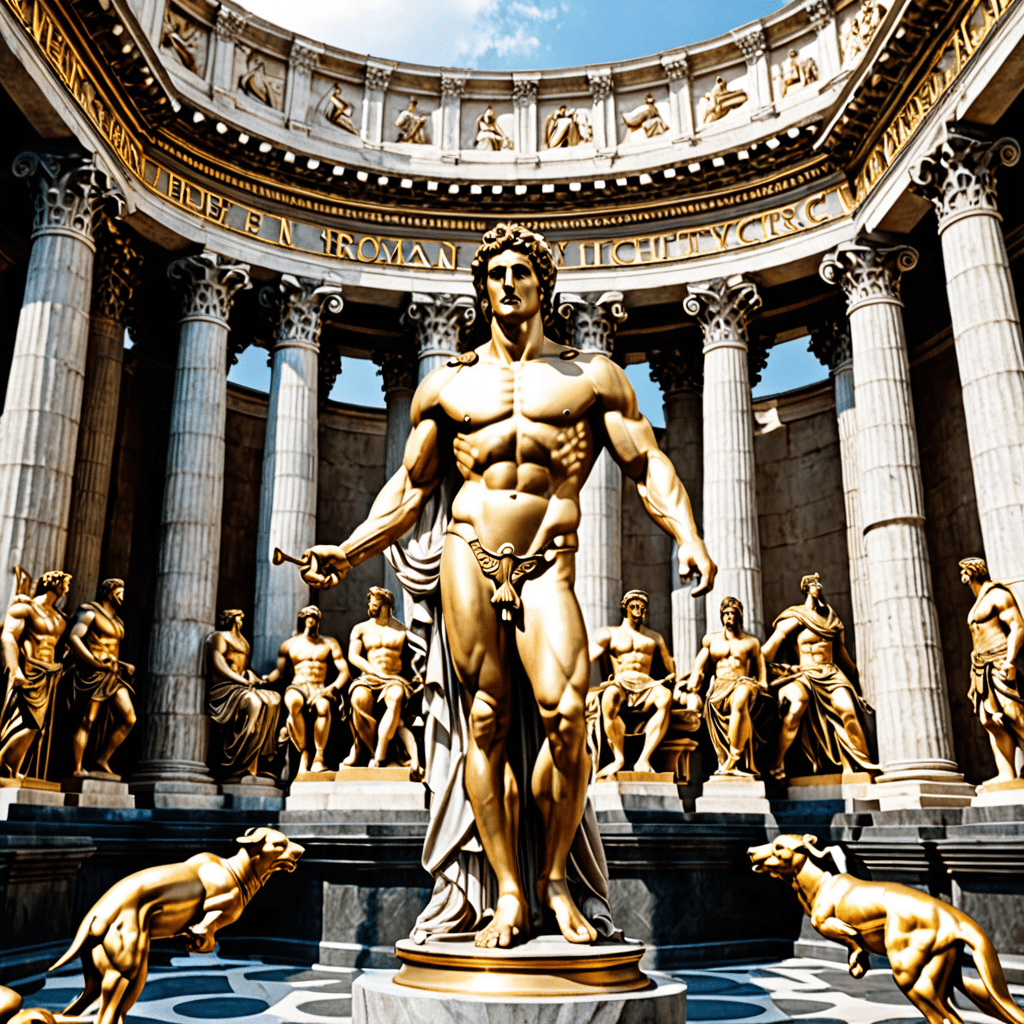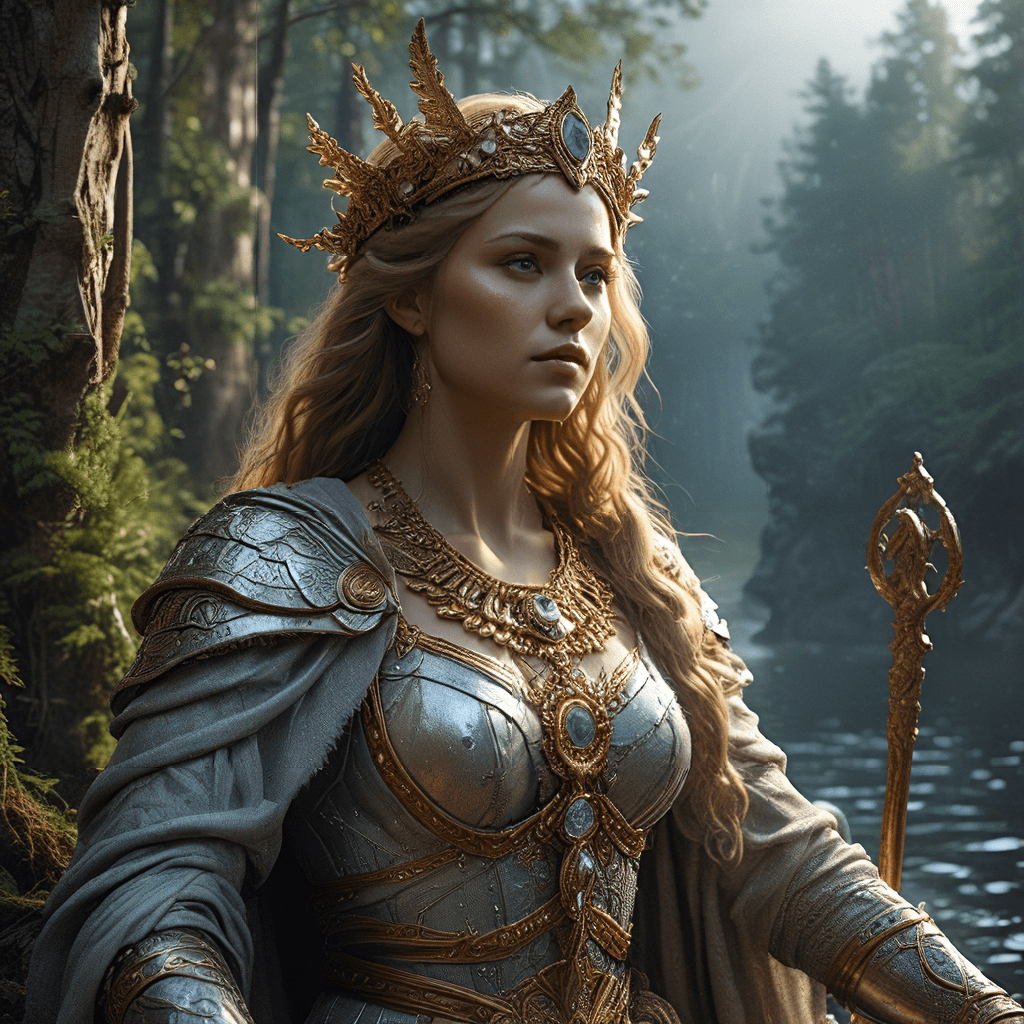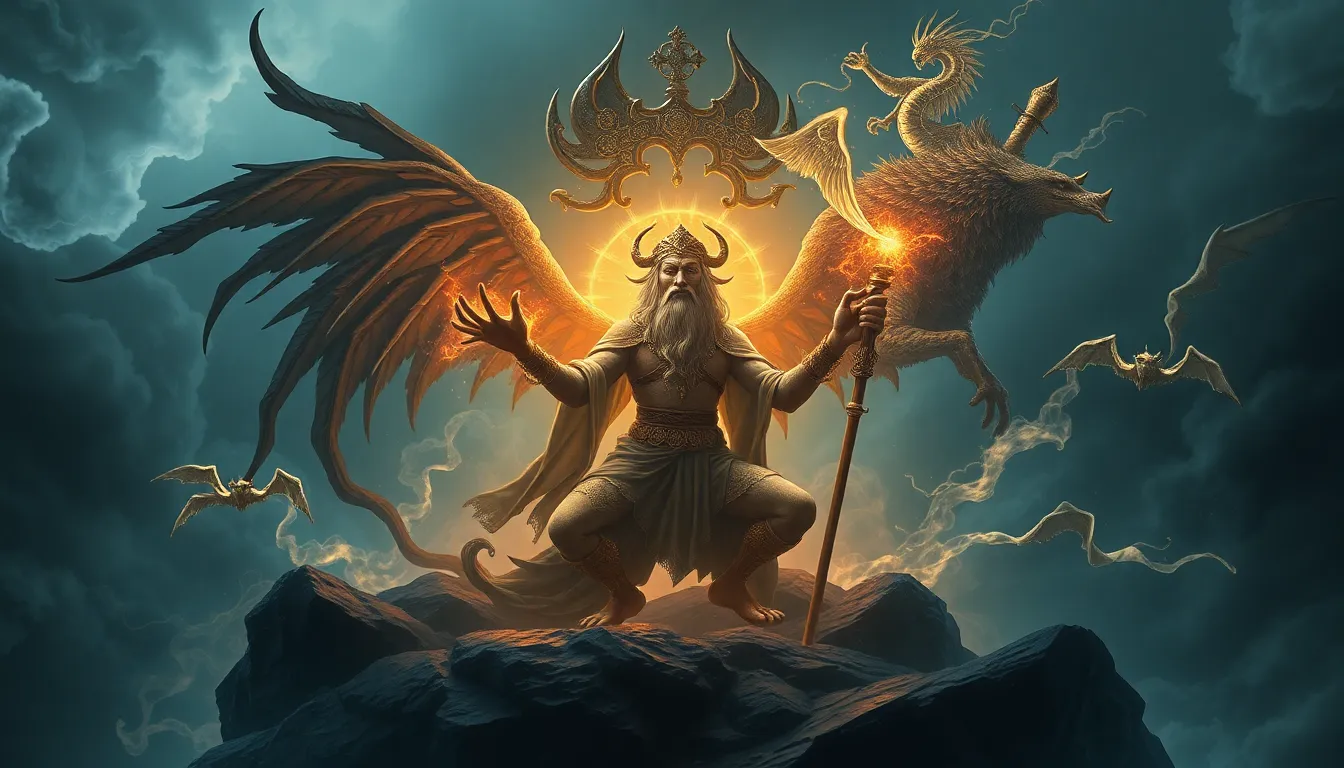The Symbolism of Runes in Celtic Mythology
Runes, the ancient symbols of power and wisdom, hold a prominent place in Celtic mythology. These mysterious characters not only served as a form of writing but also carried deep symbolic meanings central to Celtic beliefs and customs.
The Origins of Celtic Runes
The use of runes in Celtic culture traces back to the pre-Christian era when the Celtic people imbued these symbols with mystical significance. Originally, the runic alphabet was known as “Ogham,” consisting of a series of strokes and notches part of a secret script reserved for priests and druids. Over time, runes evolved to represent not only sounds but also profound concepts and spiritual guidance.
The Symbolic Meanings of Celtic Runes
Each rune in the Celtic tradition carries unique symbolism and significance. For example, the Ogham alphabet consists of twenty characters, each corresponding to a tree and embodying specific qualities associated with that tree. The “Beith” rune represents the birch tree, symbolizing new beginnings, while “Quert” signifies the apple tree, associated with love and prophecy.
In addition to the tree symbolism, Celtic runes depict different aspects of life and nature, such as fertility, protection, healing, and spiritual growth. The intricate interplay of these symbols mirrors the interconnectedness of the natural world and the spiritual realms in Celtic belief systems.
The Ritual and Practical Uses of Celtic Runes
In Celtic traditions, runes were not only symbols to be written or carved but also tools for divination and magical purposes. The casting of runes allowed Celtic seers and shamans to interpret messages from the spirit world, offering guidance on important decisions, predicting future events, and seeking insights into the mysteries of life.
Furthermore, the use of runes in rituals and ceremonies was believed to invoke the blessing and protection of Celtic deities and nature spirits. Inscribing runes on talismans, amulets, or sacred objects was a common practice to harness their mystical powers and establish a connection with the spiritual forces governing the universe.
In conclusion, the symbolism of runes in Celtic mythology transcends mere written characters, serving as gateways to ancient wisdom, spiritual knowledge, and the profound essence of the Celtic worldview. Exploring the meanings and uses of these mystical symbols offers a glimpse into the rich tapestry of Celtic mythology and the enduring legacy of a culture shaped by reverence for the natural world and belief in hidden truths.
FAQ about The Symbolism of Runes in Celtic Mythology
What are Runes in Celtic Mythology?
Runes in Celtic mythology are ancient symbols used for writing, divination, and magical purposes. They carry deep spiritual significance and are believed to represent various aspects of life, nature, and the supernatural.
What do Runes symbolize in Celtic Mythology?
In Celtic mythology, each Rune symbolizes different concepts such as strength, protection, guidance, and connection to the divine. They are rich in symbolism and often associated with specific deities and natural forces.
How were Runes used in Celtic Mythology?
Celts used Runes for writing inscriptions, casting spells, and seeking knowledge about the past, present, and future through divination. The symbols were believed to hold magical properties and were integral to Celtic spiritual practices.



